| Structure | Name/CAS No. | Articles |
|---|---|---|
 |
Chloroform
CAS:67-66-3 |
|
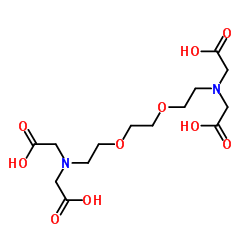 |
EGTA
CAS:67-42-5 |
|
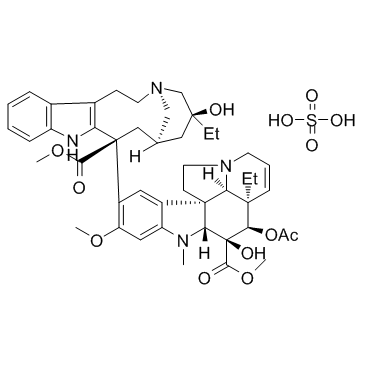 |
Vinblastine Sulfate
CAS:143-67-9 |
|
 |
Ethylenediaminetetraacetic acid
CAS:60-00-4 |
|
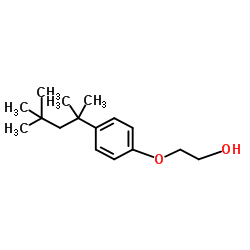 |
2-(4-(1,1,3,3-Tetramethylbutyl)phenoxy)ethanol
CAS:2315-67-5 |
|
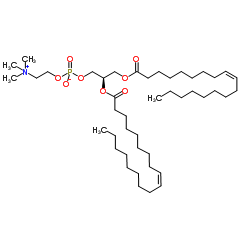 |
1,2-DIOLEOYL-SN-GLYCERO-3-PHOSPHOCHOLINE
CAS:4235-95-4 |
|
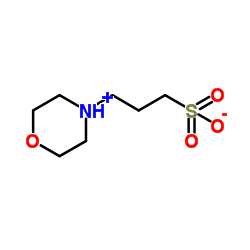 |
MOPS
CAS:1132-61-2 |
|
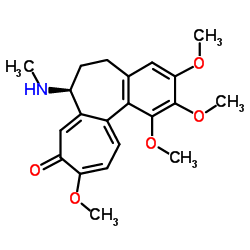 |
(-)-Demecolcine
CAS:477-30-5 |
|
 |
argon-40
CAS:1290046-39-7 |
|
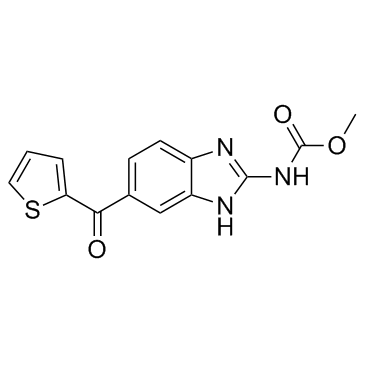 |
Nocodazole
CAS:31430-18-9 |